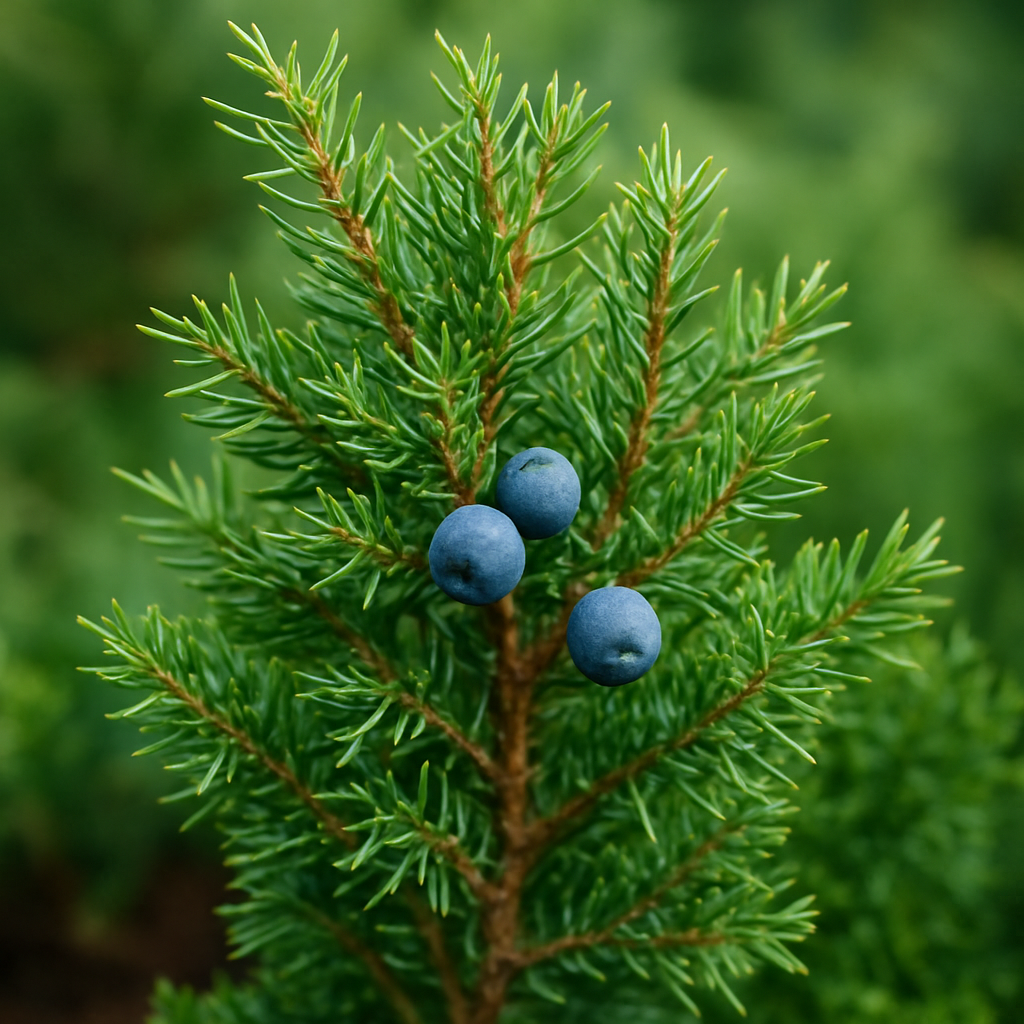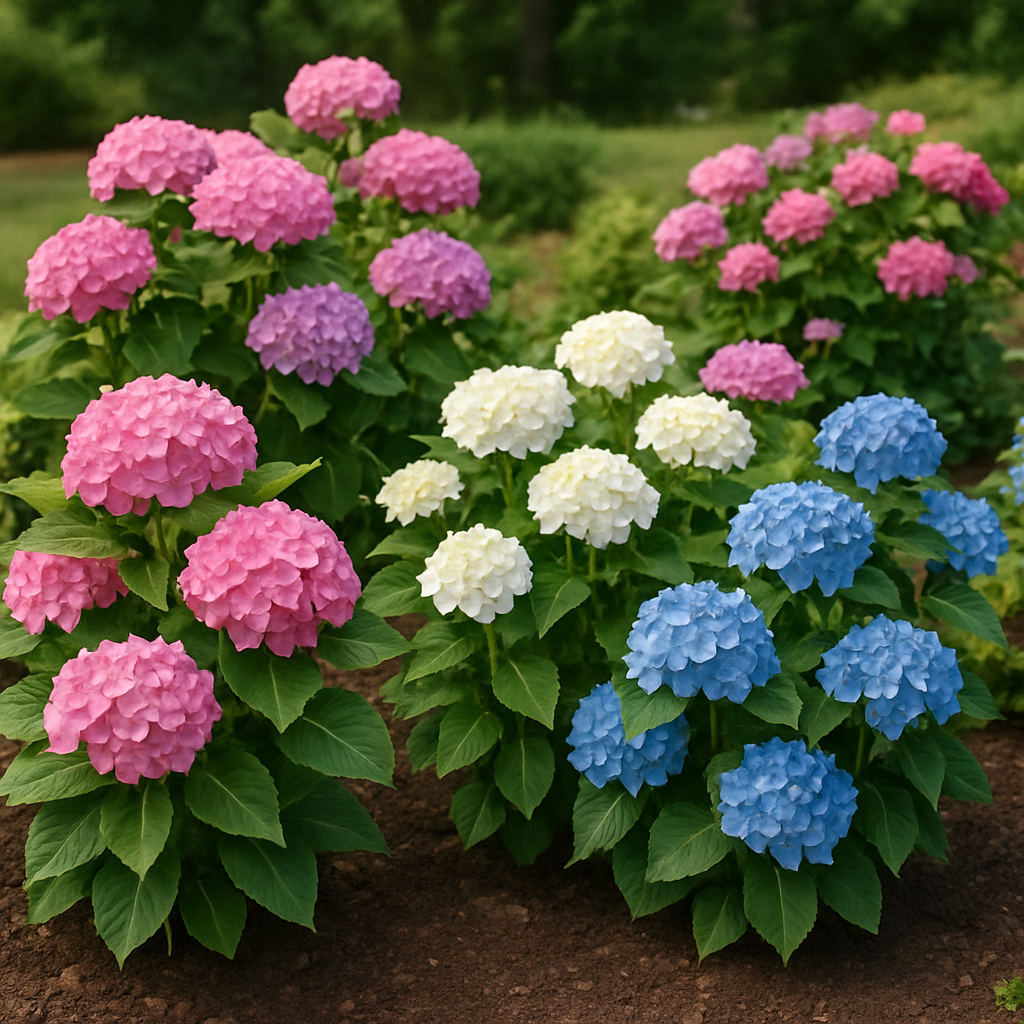Okinawa-Spinat (Gynura bicolor): Ein nährstoffreiches Superfood für Ihren Garten
Über Okinawa-Spinat (Gynura bicolor)
Okinawa-Spinat (Gynura bicolor), auch bekannt als Longevity-Spinat oder lila-blättriger Spinat, ist ein grünes Blattgemüse, das auf den Okinawa-Inseln Japans beheimatet ist. Diese einzigartige Pflanze wird für ihre leuchtend violett gefärbten Blätter und ihr reichhaltiges Nährstoffprofil geschätzt. Okinawa-Spinat ist vollgepackt mit Vitamine, Mineralstoffen und Antioxidantien, was ihn zu einem Superfood macht, das mit verschiedenen gesundheitlichen Vorteilen in Verbindung gebracht wird, insbesondere in der berühmten Okinawa-Diät, die für ihre Verbindung zu langem Leben und Vitalität bekannt ist. Der Anbau dieser Pflanze in Ihrem Garten verbessert nicht nur Ihre Ernährung, sondern verleiht Ihrem Raum auch einen attraktiven, farbenfrohen Akzent.

Warum Okinawa-Spinat anbauen?
Es gibt viele überzeugende Gründe, Okinawa-Spinat in Ihrem Garten anzubauen:
-
Nährstoffreich: Okinawa-Spinat ist eine Vitamin-A-, C- und K-Bombe, zusammen mit Kalzium, Eisen und anderen wichtigen Mineralien.
-
Gesundheitliche Vorteile: Es wird angenommen, dass er entzündungshemmende, antioxidative und immunstärkende Eigenschaften besitzt, was ihn zu einer wertvollen Ergänzung jeder Ernährung macht.
-
Einzigartiger Geschmack: Die Blätter haben einen milden, spinatähnlichen Geschmack mit einer leicht pfeffrigen Note, was sie zu einer vielseitigen Zutat für Salate, Suppen, Smoothies und Wraps macht.
-
Attraktives Laub: Die auffälligen lila und grünen Blätter verschönern nicht nur Ihren Garten, sondern sorgen auch für einen beeindruckenden visuellen Effekt, wenn sie in Gerichten verwendet werden.
-
Wenig Pflegeaufwand: Okinawa-Spinat ist einfach zu kultivieren, benötigt nach der Etablierung wenig Aufmerksamkeit und ist perfekt für Anfänger im Gartenbau.
Wann man Okinawa-Spinat (Gynura bicolor) pflanzt
Die beste Zeit, Okinawa-Spinat zu pflanzen, ist im Frühling nach dem letzten Frost, wenn die Temperaturen konstant warm sind. Diese Pflanze gedeiht in warmen Klimazonen und bevorzugt eine Wachstumstemperatur von etwa 70°F bis 85°F (21°C bis 29°C). Okinawa-Spinat kann auch in den kälteren Monaten in Behältern drinnen angebaut werden, was ihn zu einer idealen Pflanze für die ganzjährige Ernte in gemäßigten Klimazonen macht.
-
Drinnen vorziehen: Wenn Sie drinnen pflanzen, beginnen Sie etwa 6-8 Wochen vor dem letzten Frost und setzen Sie die Jungpflanzen nach Frostgefahr ins Freie.
-
Direktsaat: Sie können die Samen auch direkt im Freien nach dem letzten Frosttermin aussäen, wobei der Boden warm und keimfördernd sein sollte.
Wo Okinawa-Spinat angebaut werden kann
Okinawa-Spinat gedeiht in gut durchlässigem, lehmigem Boden und bevorzugt volle Sonne bis Halbschatten. Am besten gedeiht er in Gärten mit guter Luftzirkulation und gleichmäßiger Wärme, kann aber auch etwas Schatten vertragen, besonders in heißeren Klimazonen. Wählen Sie einen Standort, der bietet:
-
Gut durchlässiger Boden mit einem pH-Wert zwischen 6,0 und 7,0.
-
Viel Sonnenlicht (mindestens 4-6 Stunden direktes Sonnenlicht täglich).
-
Geschützte Bereiche mit Windschutz, da diese Pflanze empfindlich auf starke Böen reagieren kann.
Wenn Sie Okinawa-Spinat in einem Behälter anbauen, wählen Sie einen großen Topf mit Abflusslöchern, um ein gesundes Wurzelwachstum zu gewährleisten.
Wie man Okinawa-Spinat (Gynura bicolor) anbaut
Das Ziehen von Okinawa-Spinat aus Samen oder Stecklingen ist relativ einfach. Hier ist eine Schritt-für-Schritt-Anleitung:

-
Vom Samen aus starten:
-
Weichen Sie die Samen vor dem Pflanzen über Nacht ein, um die Keimrate zu verbessern.
-
Pflanzen Sie die Samen etwa 1/4 Zoll tief in eine Anzuchtschale oder in den Garten und lassen Sie einen Abstand von 6-12 Zoll zwischen den Samen.
-
Gießen Sie vorsichtig, um den Boden feucht, aber nicht durchnässt zu halten.
-
Keimung dauert typischerweise 2-3 Wochen, also haben Sie Geduld und halten Sie den Boden warm und gleichmäßig.
-
-
Umpflanzen:
-
Sobald die Setzlinge stark genug sind, pflanzen Sie sie um an ihren endgültigen Standort im Garten oder in größere Töpfe.
-
Härten Sie die Pflanzen zuerst ab, indem Sie sie allmählich an Außenbedingungen gewöhnen.
-
-
Anbautipps:
-
Düngen Sie gelegentlich mit einem ausgewogenen, organischen Dünger, um eine starke Blattbildung zu fördern.
-
Halten Sie den Boden feucht, besonders während heißer, trockener Perioden, aber vermeiden Sie Überwässerung.
-
Schneiden Sie regelmäßig, um beschädigte Blätter zu entfernen und buschigeres Wachstum zu fördern.
-
Wie man Okinawa-Spinat (Gynura bicolor) pflegt
Die Pflege von Okinawa-Spinat ist einfach, sobald er etabliert ist. Hier sind einige Tipps, um Ihre Pflanze gesund zu halten:
-
Bewässerung: Gießen Sie die Pflanze regelmäßig, um den Boden gleichmäßig feucht zu halten. Achten Sie darauf, nicht zu viel zu gießen, da dies Wurzelfäule verursachen kann. Stellen Sie sicher, dass der Boden gut drainiert.
-
Düngen: Tragen Sie während der Wachstumsperiode einen organischen, langsam freisetzenden Dünger auf, um eine gesunde Blattentwicklung zu fördern.
-
Beschneiden: Schneiden Sie die Pflanze regelmäßig, um abgestorbene oder beschädigte Blätter zu entfernen und neues Wachstum zu fördern. Sie können auch die Spitze zurückzupfen, um eine buschigere Form zu fördern.
-
Schädlingsbekämpfung: Okinawa-Spinat ist allgemein schädlingsresistent, kann aber gelegentlich Blattläuse anziehen. Kontrollieren Sie regelmäßig auf Schädlinge und behandeln Sie bei Bedarf mit insektizider Seife oder Neemöl.
Begleitpflanzen für Okinawa-Spinat
Okinawa-Spinat passt gut zu anderen Pflanzen, die ähnliche Wachstumsbedingungen teilen. Einige gute Begleiter sind:
-
Salat: Salat wächst gut neben Okinawa-Spinat bei kühleren Bedingungen und bietet einen ergänzenden milden Geschmack.
-
Tomaten: Beide Pflanzen bevorzugen vollen Sonnenschein und gut durchlässigen Boden, was sie zu idealen Begleitpflanzen für einen Gemüsegarten macht.
-
Basilikum: Basilikum, das unter ähnlichen Bedingungen gedeiht, verleiht Ihrem Garten und Ihren Gerichten eine Geschmacksnote.
-
Paprika: Sowohl süße als auch scharfe Paprika sind großartige Begleiter, da sie ähnliche Pflege- und Wachstumsbedingungen benötigen.
Ernte von Okinawa-Spinat (Gynura bicolor)
Sie können mit der Ernte von Okinawa-Spinat beginnen, wenn die Blätter groß genug zum Essen sind. Die jungen, zarten Blätter eignen sich am besten zum Verzehr und haben einen milderen Geschmack. Ernten Sie die Blätter, indem Sie sie mit sauberen Gartenscheren oder einer Schere abschneiden, wobei Sie darauf achten, die Hauptstängel intakt zu lassen, damit die Pflanze weiter wachsen kann.
Es ist eine Pflanze mit kontinuierlicher Ernte, was bedeutet, dass Sie während der gesamten Wachstumsperiode Blätter pflücken können, während die Pflanze weiter wächst und frisches Laub produziert.

Abschließende Gedanken zum Okinawa-Spinat (Gynura bicolor)
Okinawa-Spinat ist eine fantastische Ergänzung für jeden Garten und bietet sowohl Gesundheitsvorteile als auch kulinarische Vielseitigkeit. Egal, ob Sie ihn in Smoothies, Salaten oder gekochten Gerichten genießen möchten, dieses lebendige, nahrhafte Blattgemüse gedeiht mit minimalem Aufwand in Ihrem Garten. Für hochwertige Okinawa-Spinat-Samen besuchen Sie Organicindiaseeds.com und beginnen Sie noch heute, Ihren eigenen Superfood-Spinat anzubauen!



Hinterlasse einen Kommentar
Diese Website ist durch hCaptcha geschützt und es gelten die allgemeinen Geschäftsbedingungen und Datenschutzbestimmungen von hCaptcha.